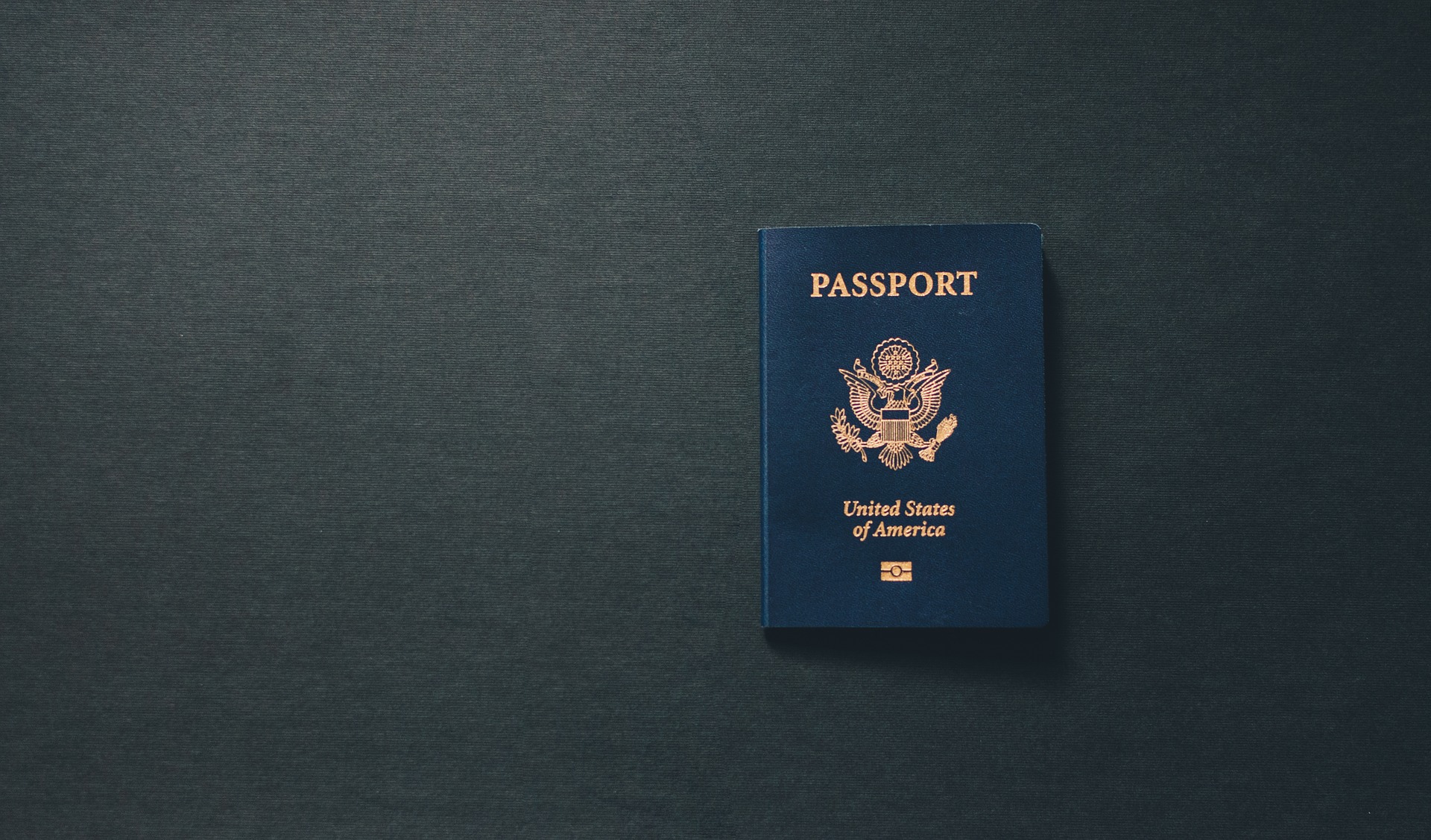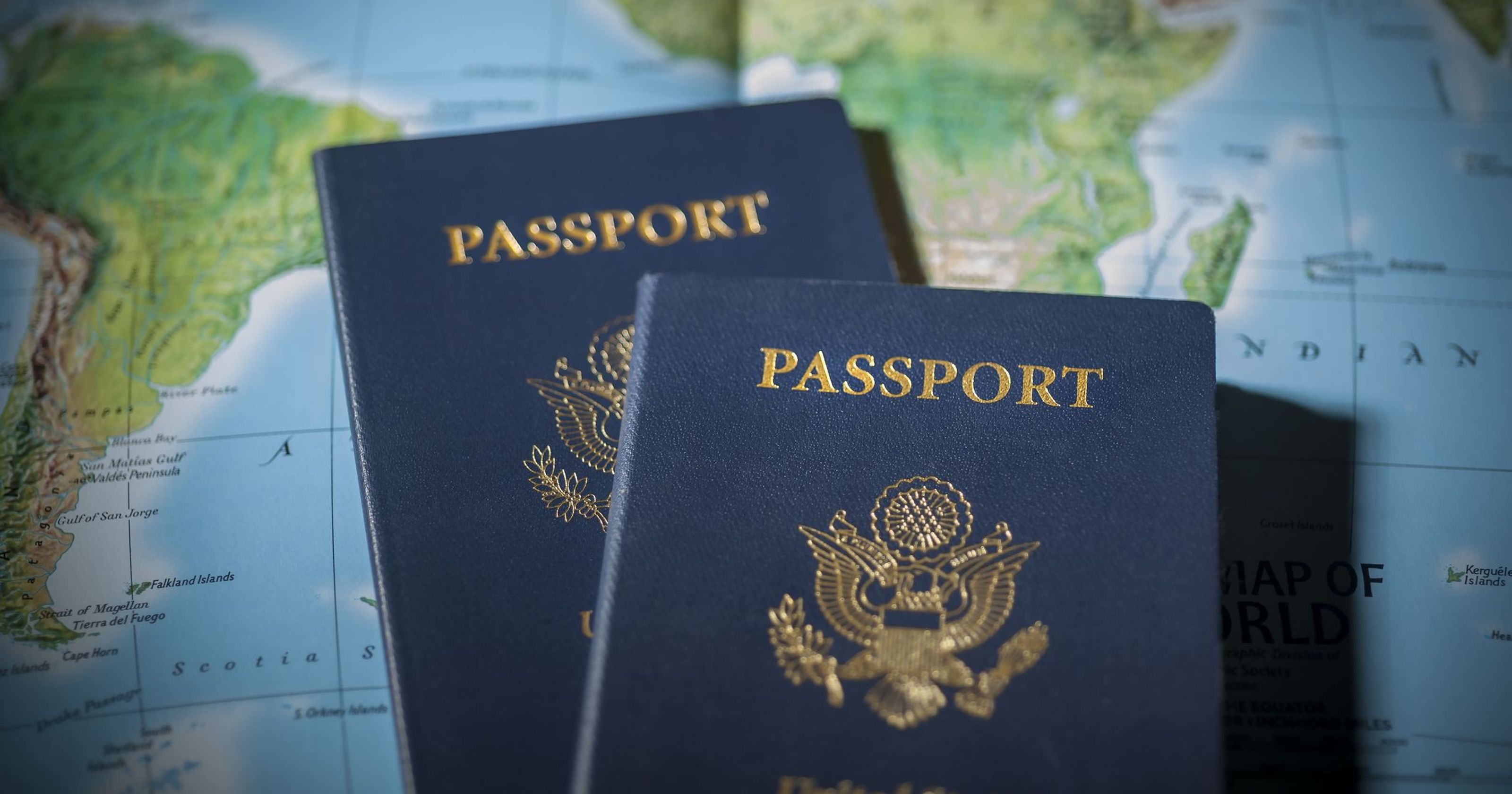You’ve just received confirmation: you’re heading to Vietnam next week for an urgent business meeting. Exciting news—until you realize you haven’t sorted your visa yet. You start researching online, only …

With Vietnam emerging as a dynamic hub in Southeast Asia, many American entrepreneurs and professionals are considering trips to explore business opportunities, potential investments, or supplier partnerships. Whether you’re attending site visits, conducting feasibility studies, or initiating B2B meetings, securing the right visa is a crucial first step. This comprehensive guide walks you through the entire visa process, designed specifically for U.S. travelers heading to Vietnam for market exploration in 2025.
If you’re traveling to Vietnam from the U.S. for the purpose of evaluating the market, meeting local companies, or assessing potential partnerships, you’ll need a business-oriented visa, not a tourist one. Two key options are available: the Electronic Visa (E-Visa) and the Business Visa (DN1/DN2).
The E-Visa is ideal for short-term business trips. It allows single or multiple entries and is valid for 30 to 90 days. It’s easy to apply for online and doesn’t always require a local sponsor. This is great for Americans who are still in the exploration phase without fixed local contacts.
The Business Visa, typically a DN1 or DN2 type, is better suited for travelers working closely with Vietnamese partners or who need more flexibility in entry and exit. This visa type usually requires an official invitation letter from the Vietnamese side and is often processed through the Vietnamese embassy or consulate.
Even if you’re not signing deals yet, market exploration is classified as a business activity under Vietnamese immigration law. Applying for the correct visa category avoids unnecessary scrutiny at the border and ensures smooth passage.

To begin your visa application, make sure your U.S. passport is valid for at least six months beyond your intended date of entry into Vietnam and has at least two blank pages available. A digital passport-style photo with a white background and clear facial features is required for E-Visa applications.
If you have a contact or host organization in Vietnam, it’s best to obtain an invitation letter stating your purpose of visit, contact information, dates of stay, and company details. However, if you’re visiting Vietnam independently to survey the market, this letter is not mandatory for the E-Visa process.
To strengthen your application, prepare a brief trip itinerary including your arrival and departure dates, cities you’ll visit, and planned activities such as business meetings or factory visits. While not required for all applications, this level of planning signals your professional intent and reduces the chance of denial or delays.
If you’re unsure how to structure your documents or need support securing an invitation, visa assistance services like Vietnam Visa Services offer professional help tailored to U.S. travelers.
There are three primary ways for U.S. citizens to apply for a Vietnam visa for market exploration:

Once your visa is approved, take a moment to carefully review all the information. Make sure your name, passport number, date of birth, visa type, and entry/exit dates are accurate. Any discrepancy can cause problems when you arrive in Vietnam.
If you have an E-Visa, it’s important to print at least two hard copies and keep one digital version on your phone or cloud storage. This ensures you have access even if one copy gets lost or you’re offline at the airport.
In addition, keep your supporting documents handy, such as your itinerary or invitation letter. Though border officers may not always ask for them, having these documents ready shows preparedness and professionalism.
Upon arrival at a Vietnamese airport, present your passport and visa to immigration authorities. If asked, briefly explain your business-related intentions, such as conducting a market study or evaluating suppliers. Being clear and concise usually ensures a quick entry.
Carrying your invitation letter or schedule, while optional, can help if there are additional questions. It reinforces the legitimacy of your visit and builds confidence with immigration officers.
Remember, do not overstay your visa. If you require additional time for your market research, apply for an extension before your current visa expires. Overstaying can lead to fines and complicate future visits.
For first-time visitors or busy professionals, visa processing can be time-consuming. This is where a trusted partner like Vietnam Visa Services becomes invaluable.
They offer complete support for U.S. citizens including:
Choosing professional help can save time, reduce stress, and ensure your Vietnam business trip gets off to a strong start.

Traveling to Vietnam for market exploration as a U.S. citizen is a strategic move in today’s global business environment. With the right visa and proper preparation, your trip can open doors to new partnerships, insights, and investment opportunities. Following these step-by-step instructions ensures a hassle-free experience so you can focus on what matters most—growing your business.

You’ve just received confirmation: you’re heading to Vietnam next week for an urgent business meeting. Exciting news—until you realize you haven’t sorted your visa yet. You start researching online, only …

